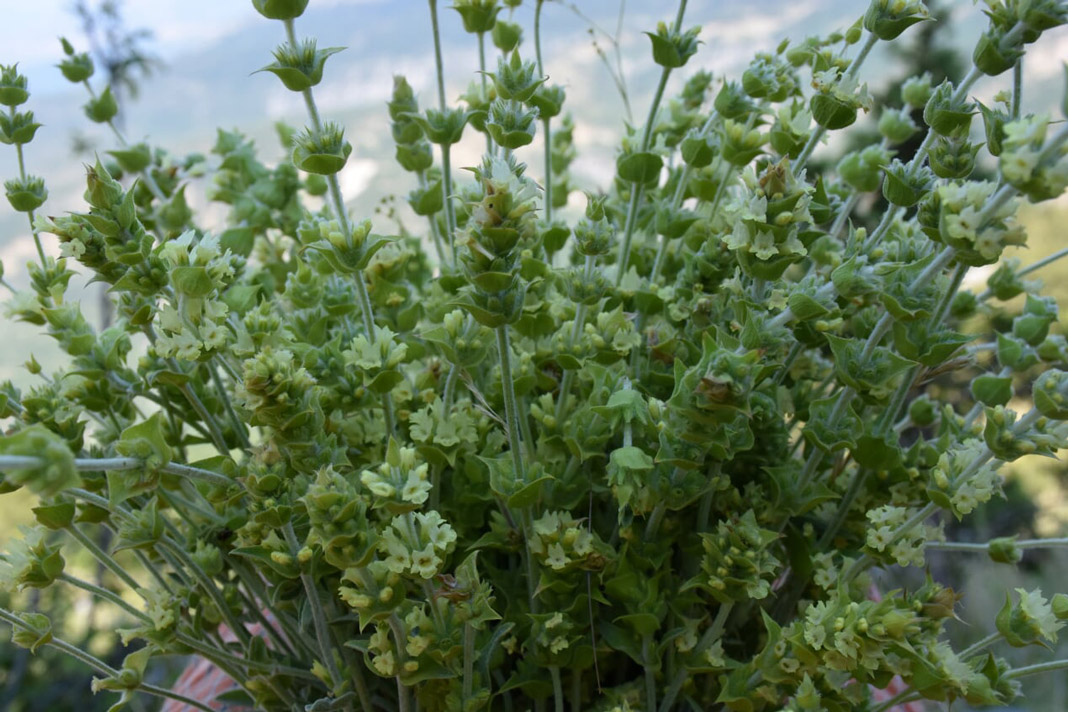Top Medicinal Plants – Benefits and Side Effects

No matter how far medical research can go, its source will always remain mother nature. And mother always knows best when it comes to healing. It has become a business, it’s true, a business that grosses $60 million every year. That says something about us: we feel the need to go back to the roots and use treatment closer to our lively nature. It is also cheaper and more accessible.
But what is not so commonly known is that there are two sides to herbal medicines. The side effects are usually softer, but both sides should be known.
The benefits and side effects of the top medicinal plants in the world
The Ginseng
It is widely used in Chinese medicine as a muscle relaxant. It is a superior tonic used for patients with chronic illnesses and those who were convalescing by boosting immunity. It also enhances brain function and stress levels. It has effects on memory, fatigue, menopause symptoms, and insulin response in people with mild diabetes.
However, when ginseng is used chronically, it can cause side effects such as headaches, insomnia, and digestive problems. It shouldn’t be mixed with the blood thinner warfarin, with phenelzine, and potentially imatinib and lamotrigine. Other side effects may include feeling anxious, insomnia, fluctuations in blood pressure, breast pain, vaginal bleeding, nausea, or diarrhea.
The Ginko Biloba
Extracts of Ginkgo biloba leaf are used as dietary supplements or beneficial for cognitive function, heart disease, and sexual dysfunction.
One should be careful with Ginko use if he is also taking anticoagulants, such as aspirin or warfarin. Possible side effects might be of bleeding, gastrointestinal discomfort, nausea, vomiting, diarrhea, headaches, dizziness, heart palpitations, and restlessness. The leaves are highly allergenic.
Elderberry
The fruits and flowers are used as dietary supplements to provide relief from minor diseases, such as flu, colds, and constipation. They also have antioxidant, antimicrobial, and antiviral properties.
But take care: the uncooked berries and other parts of plants are poisonous. Ingesting a sufficient quantity of cyanogenic glycosides from berry juice, flower tea, or beverages made from fresh leaves, branches, and fruit has been shown to cause illness, including nausea, vomiting, abdominal cramps, diarrhea, and weakness.
St. John’s Wort
It is used in traditional medicine with possible antidepressant activity. It can be useful in treating wounds, bruises, burns, and sores. It can help in the alleviation of insomnia and various kidney and lung diseases.
St John’s wort may cause allergic reactions and can interact with antidepressants, cyclosporine, digoxin, HIV drugs, irinotecan, ranolazine, and warfarin. It may cause nausea, abdominal pain, loss of appetite, and diarrhea, dizziness, confusion, fatigue, sedation, dry mouth, restlessness, and headache.
Chamomile
It reduces menstrual pain, helps to treat diabetes, and to lower blood sugar, it is helping with sleep and relaxation, treating cold symptoms. It can also slow or prevent osteoporosis, reduces inflammation. Cancer treatment and prevention seem to be consistent with chamomile use. It is a remedy for nausea, diarrhea, constipation, stomach pain, urinary tract infections, wounds, and upper respiratory infections.
Chamomile may interact with anticoagulant agents and nonsteroidal anti-inflammatory drugs or aspirin. People with past or present cancers of the breast, ovary, uterus, endometriosis, or uterine fibroids should not use it. It is known to cause uterine contractions that can invoke miscarriage.
0 comments